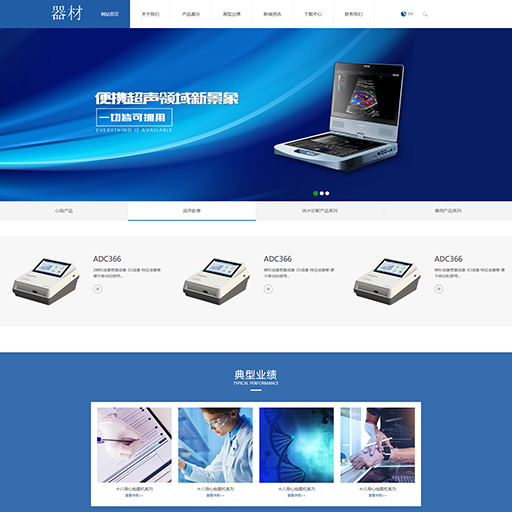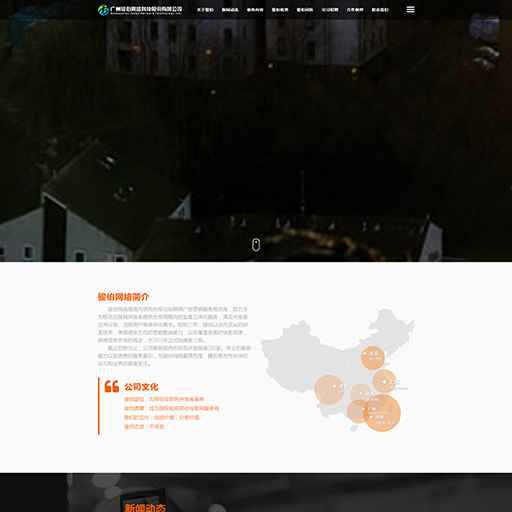ASP.NET中Cookies的用法
一, cookies 写入
方法1:
Response.Cookies["username"].Value="gjy";
Response.Cookies["username"].Expires=DateTime.Now.AddDays(1);
方法2:
System.Web.HttpCookie newcookie=new HttpCookie("username");
newcookie.Value="gjy";
newcookie.Expires=DateTime.Now.AddDays(1);
Response.AppendCookie(newcookie);
创建带有子键的cookies:
System.Web.HttpCookie newcookie=new HttpCookie("user");
newcookie.Values["username"]="gjy";
newcookie.Values["password"]="111";
newcookie.Expires=DateTime.Now.AddDays(1);
Response.AppendCookie(newcookie);
或者
HttpCookie UserCookie = new HttpCookie("KindCode");
UserCookie["bigKind"] = lstBigKindCode.SelectedValue.Trim();
UserCookie["smallKind"] = lstSmallKindCode.SelectedValue.Trim();
UserCookie["UserName"] = strUserName;
UserCookie["userKind"] = lsbUserSmallKindCode.SelectedValue;
UserCookie.Expires = DateTime.Now.AddDays(1);//这里设置要保存多长时间.
Response.Cookies.Add(UserCookie);
二,cookies的读取:
无子键读取:
if(Request.Cookies["username"]!=null)
{
Response.Write(Server.HtmlEncode(Request.Cookies["username"].Value));
}
有子键读取:
if(Request.Cookies["user"]!=null)
{
Response.Write(Server.HtmlEncode(Request.Cookies["user"]["username"].Value));
}
或者
HttpCookie cookie = Request.Cookies["KindCode"];
if (cookie != null)
{
string bigKind = cookie.Values["bigKind"];
string userName = cookie.Values["UserName"];
}
三,cookies的清除
HttpCookie cookie = Request.Cookies["KindCode"];
if (cookie != null)
{
cookie.Expires = DateTime.Now.AddDays(-2);
Response.Cookies.Set(cookie);
}




